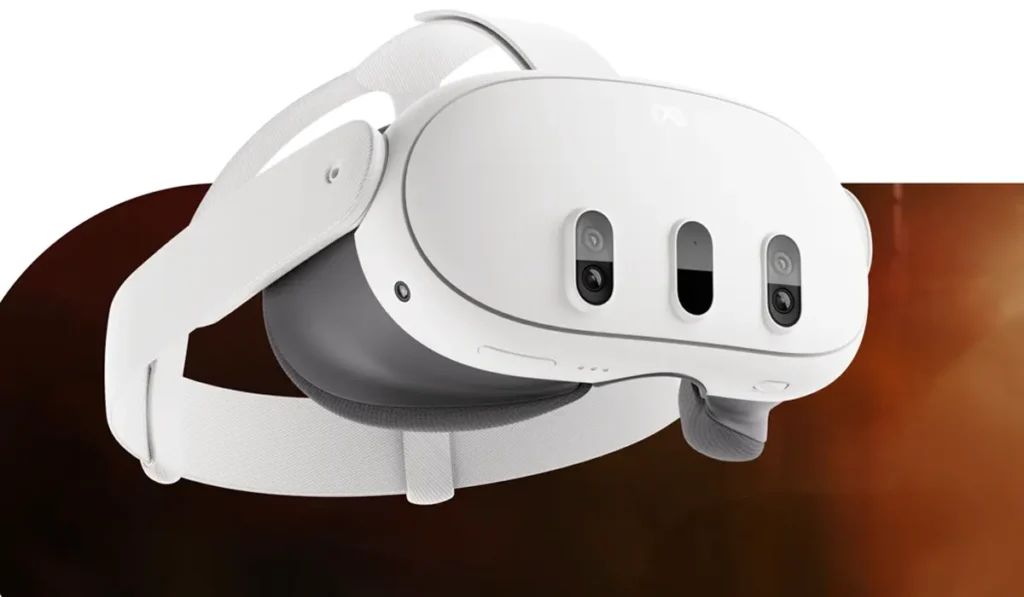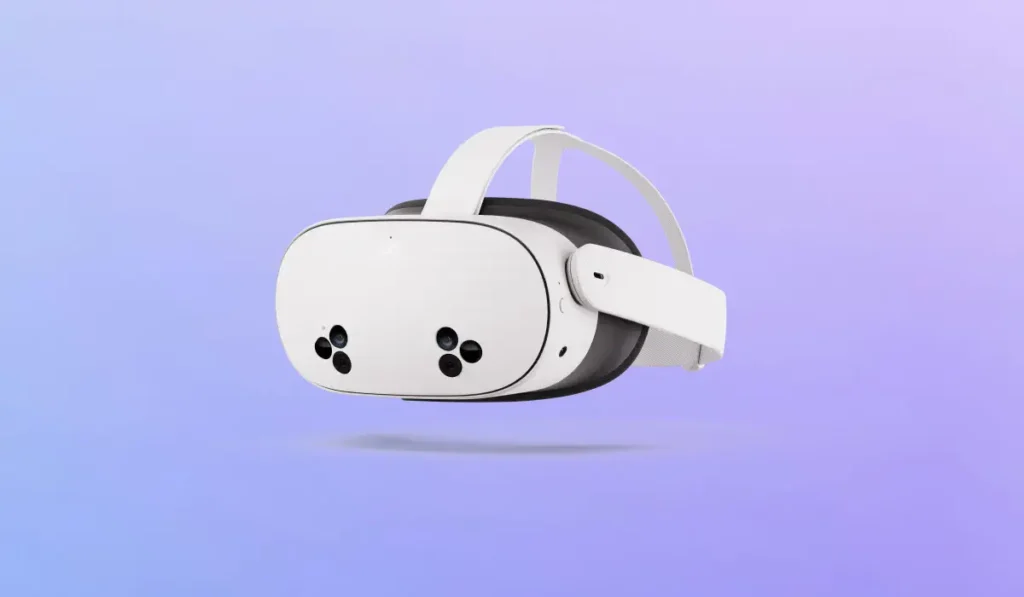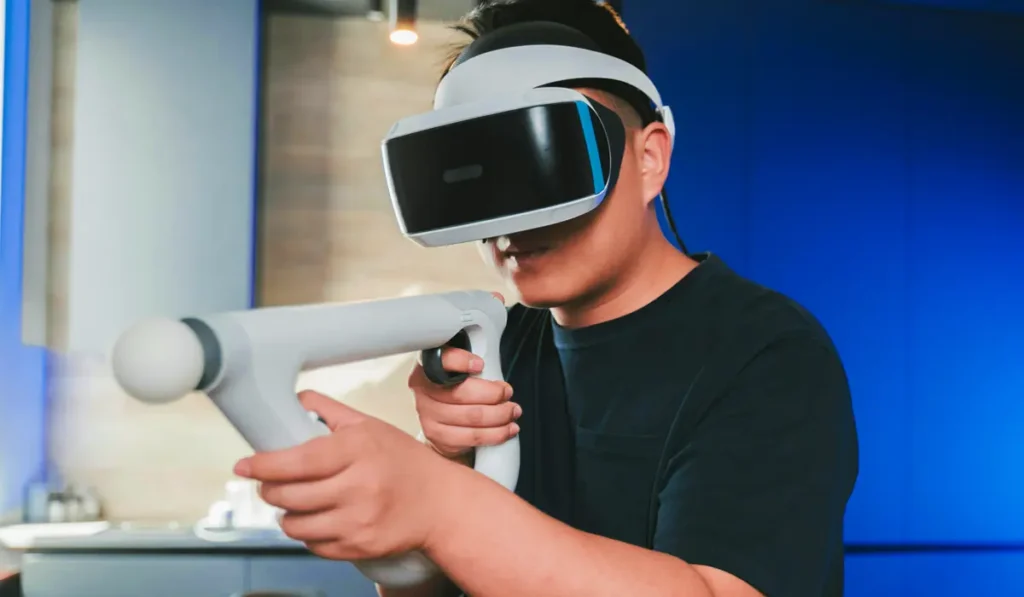Let’s be real—picking a VR headset in 2025 isn’t as simple as googling “best VR” and grabbing the top result. It’s more like choosing a car or a smartphone: there’s no single answer that fits everyone. It depends on how you plan to use it, how much you’re willing to spend, and what kind of experience you’re actually after.
Virtual reality has come a long way. What used to be clunky, wired gear with limited use has now become sleek, wireless, and packed with features like mixed reality, spatial computing, and hand tracking. Whether you’re gaming, working, getting fit, or just curious about what all the VR buzz is about—there’s something out there for you. The trick is figuring out which one actually makes sense for your life.
So before you get overwhelmed by specs and brand names, let’s break it all down in plain English.
Start with One Question: What Do You Want from VR?
Before diving into specs, brands, or price tags—pause and ask yourself this: What do I actually want to do in VR?
Because that answer is going to steer your entire decision. Here are some common types of users:
- Gamers who want immersive, high-performance experiences.
- Fitness lovers using VR for workouts, boxing, or dance sessions.
- Creative pros like 3D designers, animators, or virtual filmmakers.
- Casual users who just want to watch Netflix in VR or check out digital travel experiences.
- Tech enthusiasts who want to try cutting-edge hardware just because it’s cool.
Once you figure out which bucket you fall into, you can immediately eliminate a bunch of options that don’t suit your goals.
The Big Divide: Standalone vs Tethered
Once you know why you want a VR headset, the next decision is about how you want it to work.
Standalone Headsets
These are self-contained units—no PC, no wires. You just put it on and jump into virtual reality. Perfect for beginners or folks who don’t want to mess with setup.
Pros:
- Easy to use, no extra gear required
- Wireless and portable
- Ideal for casual use and fitness
Cons:
- Less powerful than tethered headsets
- Shorter battery life
- Limited access to high-end VR content
Popular picks: Meta Quest 3, Meta Quest 3S
Tethered Headsets
These connect to your gaming PC or console. While bulkier and not exactly travel-friendly, they deliver way better visuals and precision.
Pros:
- Superior performance and graphics
- Access to more advanced VR apps and games
- Often better tracking accuracy
Cons:
- Requires a powerful PC or PlayStation
- Can be a hassle to set up
- Wires and base stations = clutter
Popular picks: PSVR2, HTC Vive Pro 2, Apple Vision Pro (sort of)
Budget Talk: How Much Should You Actually Spend?
VR can be surprisingly affordable… or wildly expensive. It all depends on how deep into the rabbit hole you want to go.
- $300–$500: Great for entry-level or casual users. These headsets offer solid performance without destroying your wallet.
- $600–$1,000: This is the sweet spot for more serious users or PC gamers. Expect higher quality displays and better tracking.
- $1,000+: For pros and enthusiasts only. These headsets are packed with futuristic features—but come with luxury pricing.
Our advice? Don’t blow your budget unless you really need those extra features.
The Best VR Headsets in 2025 (and Who Should Buy Them)
Let’s run through the top options and help you figure out which one fits you best.
1. Meta Quest 3 – The Best All-Rounder
- Best for: Most people
- Price: $499
- Type: Standalone

If you’re unsure where to begin, start here. The Quest 3 hits the sweet spot between performance and price. It supports mixed reality, has sharp visuals, and offers access to tons of games and apps.
- 2064 x 2208 resolution per eye
- Snapdragon XR2 Gen 2 chip
- Supports hand tracking
- Full-color passthrough for AR experiences
Bottom line: It’s flexible, easy to use, and future-ready. You really can’t go wrong.
2. Meta Quest 3S – Best for Budget Buyers
- Best for: Newcomers, casual users, families
- Price: Around $299
- Type: Standalone

This is like the Quest 3’s little sibling. You get many of the same features—minus the premium display—but at a much lower price. It’s perfect for anyone curious about VR without wanting to drop a fortune.
Bottom line: The best entry point into VR, period.
3. Apple Vision Pro – For Power Users and Apple Fans
- Best for: Creative professionals, tech lovers, productivity use
- Price: $3,499
- Type: Standalone (with tight Apple ecosystem integration)

This is the most advanced headset money can buy right now—but it’s not really built for gamers. It’s more about spatial computing and working in mixed reality.
- Micro OLED display with 23 million pixels
- Full hand and eye tracking
- Seamless sync with MacBooks
- Controller-free experience
Bottom line: Cool tech, crazy price. Only worth it if you’ll actually use its advanced features.
4. PlayStation VR2 – Console Gaming’s VR King
- Best for: PS5 owners who want next-level immersion
- Price: $549
- Type: Tethered

If you already own a PS5, this headset is a killer upgrade. It brings high-end VR gaming without needing a $2,000 gaming PC.
- 4K HDR OLED screens
- Eye tracking
- Adaptive triggers and haptics
- Great exclusive games
Bottom line: Best VR experience on consoles—just make sure you already own a PS5.
5. HTC Vive Pro 2 – For Hardcore PC VR Enthusiasts
- Best for: Serious gamers with top-tier gaming rigs
- Price: Starts at $799 (headset only)
- Type: Tethered

This one’s not for the faint of heart. It demands a beefy PC and some patience for setup, but rewards you with one of the sharpest, smoothest VR experiences available.
- 2448 x 2448 pixels per eye
- 120Hz refresh rate
- SteamVR support
- External tracking with base stations
Bottom line: A dream headset for VR purists—but overkill for casual players.
Understanding Specs (Without Getting Lost in Tech Talk)
Ignore the confusing acronyms. Here’s what you really need to look at:
- Resolution: Sharper image = better experience. Aim for 2K per eye or more.
- Refresh Rate: 90Hz is fine, but 120Hz feels smoother.
- Field of View (FOV): Higher FOV makes things more immersive. Shoot for 100°+.
- Passthrough Cameras: Useful for mixed reality and seeing your surroundings.
- Tracking Style: Inside-out (built-in) is convenient. Outside-in (with sensors) is more precise.
- Comfort: Lightweight, adjustable, and breathable headsets matter. Try one on if you can before buying.
Final Buying Tips
- Try before you buy if possible—comfort and fit vary by person.
- Check the content library—some headsets have more or better games and apps.
- Make sure your gear is compatible—especially if you’re going with a tethered setup.
- Think long term—buy something that won’t feel outdated in six months.
The Bottom Line
There’s no universal “best VR headset” in 2025. It all depends on you.
If you’re just starting out or want something hassle-free, go for the Meta Quest 3 or 3S. If you’re a console gamer, the PSVR2 is a perfect fit. Got a powerful PC? The Vive Pro 2 will blow you away. And if you’re living in the Apple ecosystem or doing creative work, the Vision Pro might be worth the splurge.
Whatever route you take, there’s never been a better time to jump into virtual reality. So go ahead—strap in, explore, create, game, and maybe even break a sweat, all from the comfort of your living room.
Don’t forget to checkout our Mario Kart World Announced for Nintendo Switch 2, Why The Elder Scrolls VI Is Taking So Long – And Why That’s Actually a Good Thing, Ubisoft’s New Rainbow Six Game Is Reportedly turn-based game and That’s Honestly Pretty Cool for more fun gaming.
















